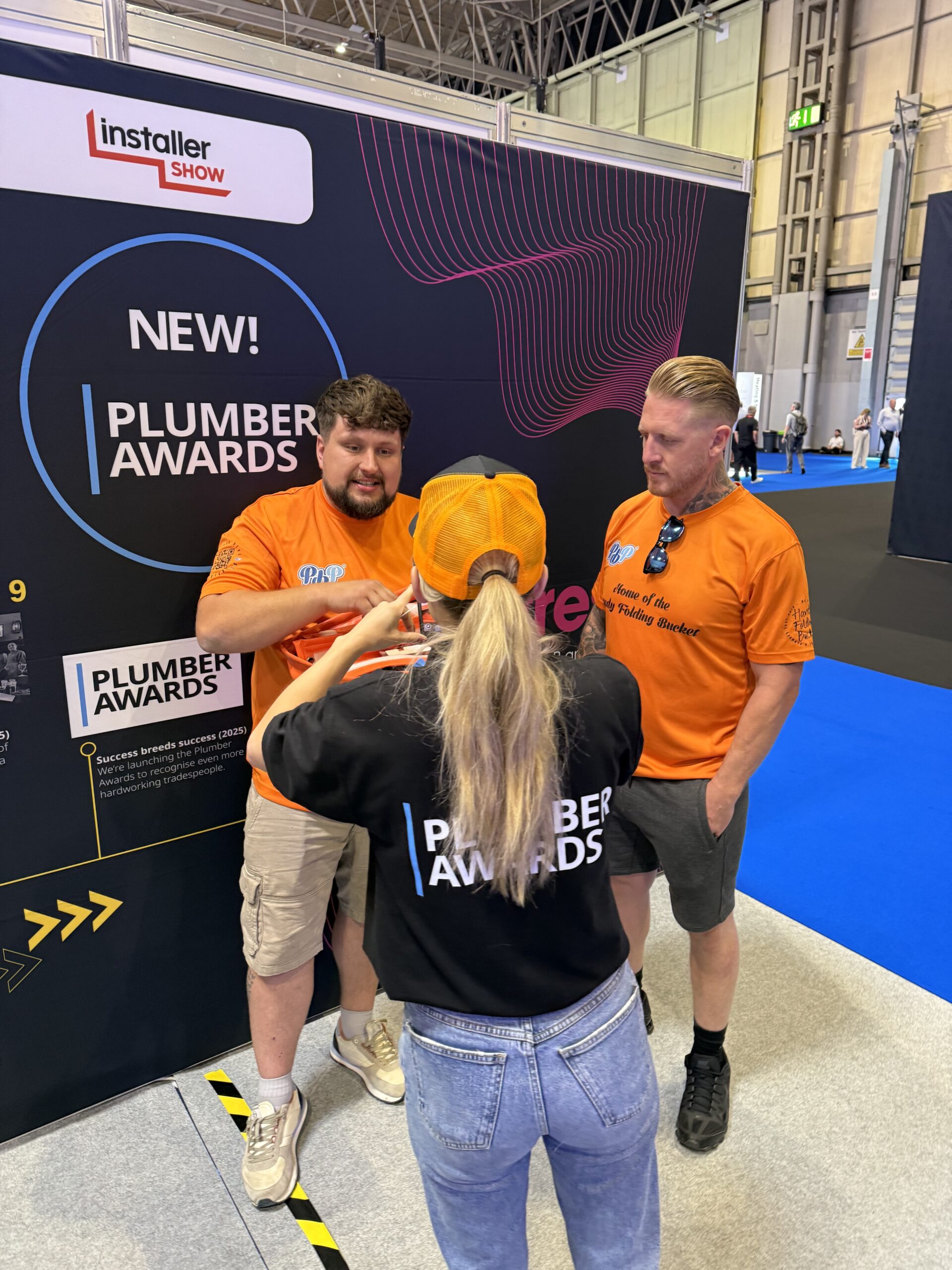The rise and rise of social media platforms have created an almost infinite number of opportunities for brands to promote their products and services. Through creative and strategic influencer marketing campaigns, brands can drive awareness, traffic, and sales to their SKUs.
Through organic content, paid partnerships and ads, influencer marketing can create promotional content for brands across platforms such as Instagram, YouTube and TikTok. The benefit of this is that customers can see how products work in the real world, rather than just on a product listing. This user generated content from creators gives prospective customers an insight into how the product works in the hands of ‘real people’. This works well for home and garden brands, as many products will have a practical element that is best demonstrated in a real-life setting. Be this building flat-pack furniture, how to light the perfect barbecue, or styling your garden for the summer.
So, it is clear that influencers play a role, but how can they help your home or garden brand?
The rise of influencer marketing
Before we get into why influencers matter for your brand, we should take a look at the rise of influencer marketing in recent years. Namely on platforms such as TikTok, Instagram and YouTube.
TikTok has become a major platform for ads and brand partnership content. According to research from Adobe, 64% of Gen Z and 49% of Millennials have used TikTok as an actual search engine. Which means that short form content, whether in the form of ads, sponsored posts or brand partnerships, have become just as important for digital marketing purposes as the likes of PPC.
Adobe also found that out of the consumers using TikTok as a search engine, 26% used it for product recommendations, and a further 25% for new products and services. And 30% preferred influencer recommendations. So, clearly for home and garden brands it would be stupid not to capitalise on the obvious benefits.
Instagram is another large platform for influencer produced sponsored content, especially with the addition of reels as another avenue of short form content. However, many branded posts take the format of aesthetic pictures that will appear on followers’ feeds on Instagram. In comparison to videos, less of the practical element can be shown through pictures, but it is still a valuable form of influencer marketing and helps to widen a brand’s net of potential customers.
Why influencers matter in the home and garden sector
For home and garden brands, a great benefit of working with influencers is that they already have a following and an audience that can be utilised for marketing purposes. While home and garden brands are likely to align with influencers who share their demographic, it is also a way to get in front of a new audience. Creators will have built their own engaged communities which brands can leverage.
Consumers will also have a level of trust for the influencers that they follow, and they will have come to expect authentic, reliable content. So, by aligning with influencers that are trusted by their audiences, even paid partnership content will come across as authentic. Many influencers will only endorse products and brands that they use or that align with their own value.
The practical element of working with influencers is also a major advantage for brands. By showcasing products in a real-life environment, products like garden furniture, new kitchens, and even home interior products can look a lot more impressive. It also allows potential customers to see and visualise how a product will look in their home.
How to choose the right influencer
It’s important that the influencer representing your brand, product or services are aligned with your aesthetic and values. You don’t want a partnership that seems random to your customers, or to the influencer’s audience – it should feel natural.
It is also key that the influencer themselves has something to offer your home or garden brand, for instance, high engagement or audience trust.
There should also be a due diligence process are part of appointing an influencer, which involves looking at recent partnerships they have had, and if they have previously done anything that doesn’t align with your brand, morals, and values.
But let’s take a look at some ways to decide if an influencer is right for your brand.
Alignment with your brand’s values
In order to retain customer trust through influencer collaborations and to protect brand identity, it is important that your chosen influencer embodies your brand’s values. To decide on alignment, do some research on the other brands that the influencer has partnered with as well as the content they regularly post. This should give you some insight into compatibility. There are a number of cases of brand an influencer partnerships missing the mark or being cut short due to a conflict of interests.
Suitable for your product or service
An influencer that is suited to your product or service offering is the ideal choice. This could mean that they post home content that would suit the aesthetic of your products, or they are doing specific work in their garden that would lend itself to your service perfectly. You can ask influencers and their management as part of the research process if they have any activity planned that aligns with your campaign, e.g. a garden renovation, camping holiday to show off your new portable BBQ, or a picnic trip, which might suit a new range of outdoor accessories.
Engagement rates and building audience trust on both sides
Before going ahead with a partnership deal, you need to know a few things about the influencer’s engagement. Influencers will be able to track their engagement metrics on platforms like Instagram and TikTok, and this gives them an insight into whether people are enjoying certain content. Influencers who have the trust of their audience can help to build a positive association towards your brand, one that doesn’t look forced or too promotional. Engagement information can extend beyond likes and comments, to how many people shared a post, how many people clicked a product link, to how many people bought a specific product using a unique voucher code or UTM link.
Types of influencers that work well in this space
So, what types of influencers are likely to work well with your home or garden brand?
- Home improvement enthusiasts
- Gardeners and allotment creators
- Interior stylists and decorators
- DIY and renovation accounts
An example of an influencer that makes home and garden content is Jack Callaghan, who goes by @jack.designs on TikTok and Instagram. His content is aesthetic, and mainly centres around his home. His content is a prime example of how product placements in short form content, as well as ads, can utilise a natural partnership with an influencer who is already in the brand’s specific niche.
Ali Gordon and Lydia Millen are also home and garden creators of note. They produce very aesthetic English country home and garden content, and often work with luxury fashion and home brands in their content. The couple has separate channels, as well as shared channels – Millen-Gordon Home – on Instagram and TikTok. They will also produce long-form videos via YouTube, offering a number of opportunities for brands to work with them.
Should you consider nano and micro-influencers?
If your brand covers a super-specific or niche part of the interior or garden sector, you might want to consider a nano or micro influencer. While generally these influencers have less of a following, they will still have an audience who are particularly hooked on the specific content that they make.
Where this can aid brands is that your products will then be in front of a very specific demographic of potential customers. Micro and nano influencers will also charge less than a macro influencer with millions of followers, for a partnership, so it can be a great opportunity for brands with a lower budget to try out short-form influencer content.
What makes an influencer campaign successful
A successful influencer campaign hinges on authenticity, clear alignment between the influencer’s audience and the brand’s target market, and well-defined objectives.
The most effective campaigns feel natural, with influencers creating content that genuinely resonates with their followers rather than sounding overly promotional. Strong creative collaboration, transparent messaging, and measurable KPIs are also key to ensuring both the brand and influencer deliver real value.
How refresh PR supports brands with influencer strategies
At Refresh, we can help you to source and vet the correct influencers for your home or garden brand through our rigorous research and due diligence process.
We will manage the campaign end-to-end so that the whole process runs smoothly from start to finish. With our press connections, we will also help to get coverage through broader PR campaigns for added consistency.
If you want to find out more about how your brand can begin its influencer marketing journey, speak to us today.
 " />
" />



